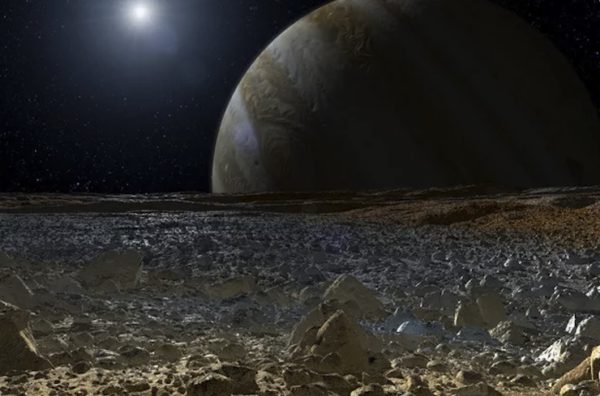The search for life in the universe tends to focus on habitable environments. But to answer questions about how life emerged and spread, as well as the limits of habitability, researchers may want to consider looking at dead worlds — and perhaps even (very carefully) seeding them with life.
“The biological study of lifelessness seems counterintuitive, because biology is the study of life,” said astrobiologist Charles Cockell of the University of Edinburgh in the U.K.
But in a paper set to be published in April in the journal Astrobiology, Cockell makes the case that focusing entirely on living worlds leaves out an enormous and potentially informative percentage of the cosmos. The mind-bogglingly large spaces between planets, as well as places like the burning sun and frigid moon, are all presumably devoid of life.
Even Earth, which we consider to be teeming with life, is largely uninhabitable, with a thin biosphere situated on the surface but a largely dead interior, Cockell told Live Science.



